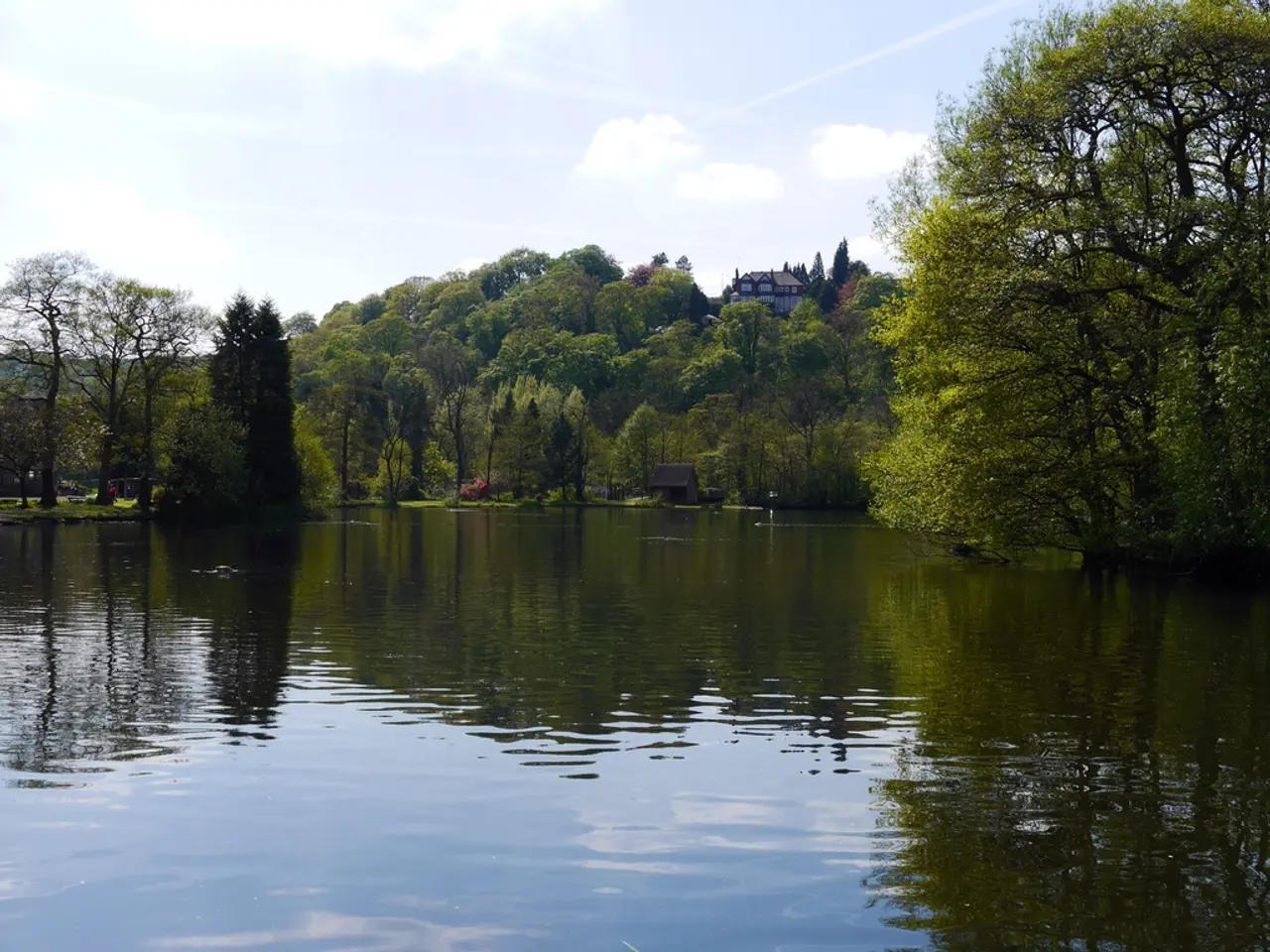Exploring the Unspoiled Beauty of Lake Clark National Park
Nestled in the heart of Alaska, Lake Clark National Park and Preserve offers a unique wilderness experience for adventurous visitors seeking to connect with nature and witness its untamed beauty. With its expansive landscapes, diverse wildlife, and remote location, this pristine park is a haven for outdoor enthusiasts.
**Recreational Activities**
One of the park's most popular attractions is bear viewing. Specialized camps like Nat Hab’s Alaska Bear Camp provide guided bear viewing experiences, offering a safe and thrilling opportunity to observe brown bears fishing for salmon. Fishing enthusiasts will also find the park's lakes and rivers prime for catching salmon, with boat trips and fishing excursions available from lodges like Lake Clark Resort.
For those seeking a more challenging adventure, camping and backpacking in Lake Clark's remote wilderness is an option. Visitors can camp almost anywhere, but off-trail hiking requires strong wilderness navigation skills. Multi-day float trips on the park’s rivers offer a unique way to explore the environment, drifting through the pristine wilderness.
Wildlife photography, bird watching, and exploring natural and cultural history are also popular activities. The park's diverse landscape of mountains, tundra, lakes, and coastlines makes it an ideal location for capturing stunning images and discovering the park's rich history.
**Accessibility**
Due to its remote location, Lake Clark National Park and Preserve can only be reached by plane or boat. Float planes are commonly used, with small planes equipped for the terrain bringing visitors to lodges or camps. Visitors must plan carefully, have excellent navigation skills, and be prepared for wilderness conditions. Guided tours are recommended for safety and logistical support.
**Key Facts**
Covering an area of approximately 2,619,733.22 acres, Lake Clark National Park and Preserve receives around 6,190 total recreation visits per year, with the highest visitation occurring June through September. The park is located 150 miles southwest of Anchorage, on the west side of the Cook Inlet, at the north end of the Alaska Peninsula.
The park's diverse landscape includes four distinct physiographic realms: the Cook Inlet coastal region, the Alaska-Aleutian mountain ranges, the foothill and lake region, and the tundra plains region. The Kvichak River, running through the park, hosts one of the largest sockeye salmon runs in the world.
The Dena'ina, a branch of the Athabaskan people, were the late prehistoric and historic inhabitants of the Lake Clark area. The area also has a rich history of Russian exploration, with Captain Cook's 1778 explorations of Cook Inlet marking the beginning of Euroamerican contacts in the area.
Visitors to Lake Clark National Park and Preserve can engage in various activities such as fishing vacations, backpacking, camping, river float trips, sight-seeing, hiking, mountaineering, bird and wildlife watching, lake kayaking, photography, and hunting in the preserve. However, an Alaska fishing license is required for fishing, and state regulations and seasons apply.
In conclusion, Lake Clark National Park and Preserve offers a unique wilderness experience for adventurous visitors seeking remote wilderness adventures, bear viewing, fishing, boating, and backpacking. With its remote location, visitors must plan carefully, have excellent navigation skills, and be prepared for wilderness conditions or opt for guided support for safety and logistics.
- Lake Clark National Park and Preserve, nestled in Alaska, presents a wilderness experience for nature enthusiasts seeking untamed beauty.
- Bear viewing, provided by specialized camps like Nat Hab’s Alaska Bear Camp, is one of the park's most popular attractions.
- Fishing enthusiasts can enjoy prime salmon fishing in the park's lakes and rivers, with boat trips and excursions available.
- For the more adventurous, camping and backpacking in the park's remote wilderness offers challenging escapes.
- Multi-day float trips on the park's rivers provide a unique way to explore the pristine wilderness.
- Wildlife photography, bird watching, and exploration of natural and cultural history are also popular activities.
- Due to its remote location, the park can only be reached by plane or boat, with float planes commonly used.
- Visitors must plan carefully, have excellent navigation skills, and be prepared for wilderness conditions.
- Guided tours are recommended for safety and logistical support.
- Covering an area of approximately 2,619,733.22 acres, the park receives around 6,190 total recreation visits per year.
- The park's rich landscape includes four distinct physiographic realms: the Cook Inlet coastal region, the Alaska-Aleutian mountain ranges, the foothill and lake region, and the tundra plains region.
- The Kvichak River, running through the park, hosts one of the largest sockeye salmon runs in the world.
- The Dena'ina, a branch of the Athabaskan people, were the late prehistoric and historic inhabitants of the Lake Clark area.
- Lake Clark National Park and Preserve offers activities such as fishing vacations, backpacking, camping, river float trips, sight-seeing, hiking, mountaineering, bird and wildlife watching, lake kayaking, photography, and hunting in the preserve.
- An Alaska fishing license is required for fishing, and state regulations and seasons apply.
- Lake Clark National Park and Preserve is an ideal location for capturing stunning images due to its diverse landscape of mountains, tundra, lakes, and coastlines.
- Visitors to Lake Clark National Park and Preserve can witness the park's rich history, from the Dena'ina inhabitants to Russian exploration, making it a destination for history lovers and outdoor enthusiasts alike.




